
- Guitars
- GUITAR EFFECTOR
- Fuzz
- SUBDECAY/Noise Theory
SUBDECAY / Noise Theory
The Subdecay Noise Theory is a new-age fuzz pedal, featuring 11 waveshaper fuzzes and one analogue fuzz, with 11 presets that can be saved. All parameters are also MIDI controllable and the pedal can function as a 4-voice polyphonic synthesiser with MIDI control.
■ Wave folding for chaos.
When the EDIT MODE switch is set to SHAPER, 11 different fuzz types can be selected. Fuzz 2 to 9 are wave-folding fuzzes. These have an impressive tonal spectrum with intermodulation overload.
What is 'wave-folding' anyway?
Wave folding is a different kind of distortion. Instead of the simple clipping and compression often used in guitar pedals, it folds the signal itself. This creates complex overtones and tonal variations. As gain is increased, the signal is further folded.
Sculpt the sound with the familiar GAIN and TONE controls, and adjust the bias to add your own secondary harmonics.
Noise Theory controls pre-fuzz compression, high-pass filter and low-pass filter, giving you control over chaos.
In addition to these waveshaper fuzzes, an analogue fuzz signal can be blended. This is particularly useful when used with bass.
A chorus/flanger effect has also been added.
■ Fuzz types.
Fuzz0: Square Fuzz.
The signal is amplified to the limit and the peaks and troughs of the waveform form a square.
Fuzz1: Sine Clipper
This creates a unique fuzz texture based on the sine wave response. When the gain is lowered, the compression is similar to that of a vacuum tube or JFET.
Fuzz2: Full Wave Rectifier.
Full wave rectifier similar to a classic octave fuzz. It is the simplest version of wave folding. It is a sound familiar to many guitarists.
-Fuzz3: Wave Folder.
When the signal exceeds the limit, the signal is folded back to its original state. This sound is similar to the wave folder in the synth world.
Fuzz4: Single Sided Wave Folder.
A variation where only one side of the signal is folded.
Fuzz5: Sine Wave Folder.
Similar to Fuzz3, but based on a sine wave.
Fuzz6: Single Sided Sine Wave Folder
Similar to Fuzz4, but based on a sine wave.
Fuzz7: Zero Limited Wave Folder.
Similar to Fuzz3, but folds the signal back before crossing the zero point, reducing intermodulation and allowing complex chords to be played.
Fuzz8: Harmonic Ripple Wave Folder.
Blends the Fuzz1 sine clipper and Fuzz3 wave folder to reduce intermodulation and add a filter-like effect.
Fuzz9: Wave Smasher.
Reduces the amplitude each time the signal is folded. At high gains, the sound splashes around. This fuzz is not for the faint-hearted.
Fuzz10: Oscillator Fuzz.
A fuzz with a similar idea to the Noise Box released by Subdecay in 2007.
■MIDI control.
All parameters of Noise Theory can be controlled in real-time via MIDI. You can also use Noise Theory as a 4-voice MIDI synthesiser based on phase distortion and wave folding. The synthesiser is activated when a note is played on the keyboard.
You can also access 64 user presets and 64 factory presets by operating via MIDI.
Type: fuzz, synthesiser
Adaptor: 9-18 VDC centre-minus.
Battery-powered: -
Controls: PRE COMP/GAIN, PRE HPF/TONE, PRE LPF/OFFSET/MIX, VOLUME, CH/SELECT, EDIT MODE
When the EDIT MODE switch is set to SHAPER, 11 different fuzz types can be selected. Fuzz 2 to 9 are wave-folding fuzzes. These have an impressive tonal spectrum with intermodulation overload.
What is 'wave-folding' anyway?
Wave folding is a different kind of distortion. Instead of the simple clipping and compression often used in guitar pedals, it folds the signal itself. This creates complex overtones and tonal variations. As gain is increased, the signal is further folded.
Sculpt the sound with the familiar GAIN and TONE controls, and adjust the bias to add your own secondary harmonics.
Noise Theory controls pre-fuzz compression, high-pass filter and low-pass filter, giving you control over chaos.
In addition to these waveshaper fuzzes, an analogue fuzz signal can be blended. This is particularly useful when used with bass.
A chorus/flanger effect has also been added.
■ Fuzz types.
Fuzz0: Square Fuzz.
The signal is amplified to the limit and the peaks and troughs of the waveform form a square.
Fuzz1: Sine Clipper
This creates a unique fuzz texture based on the sine wave response. When the gain is lowered, the compression is similar to that of a vacuum tube or JFET.
Fuzz2: Full Wave Rectifier.
Full wave rectifier similar to a classic octave fuzz. It is the simplest version of wave folding. It is a sound familiar to many guitarists.
-Fuzz3: Wave Folder.
When the signal exceeds the limit, the signal is folded back to its original state. This sound is similar to the wave folder in the synth world.
Fuzz4: Single Sided Wave Folder.
A variation where only one side of the signal is folded.
Fuzz5: Sine Wave Folder.
Similar to Fuzz3, but based on a sine wave.
Fuzz6: Single Sided Sine Wave Folder
Similar to Fuzz4, but based on a sine wave.
Fuzz7: Zero Limited Wave Folder.
Similar to Fuzz3, but folds the signal back before crossing the zero point, reducing intermodulation and allowing complex chords to be played.
Fuzz8: Harmonic Ripple Wave Folder.
Blends the Fuzz1 sine clipper and Fuzz3 wave folder to reduce intermodulation and add a filter-like effect.
Fuzz9: Wave Smasher.
Reduces the amplitude each time the signal is folded. At high gains, the sound splashes around. This fuzz is not for the faint-hearted.
Fuzz10: Oscillator Fuzz.
A fuzz with a similar idea to the Noise Box released by Subdecay in 2007.
■MIDI control.
All parameters of Noise Theory can be controlled in real-time via MIDI. You can also use Noise Theory as a 4-voice MIDI synthesiser based on phase distortion and wave folding. The synthesiser is activated when a note is played on the keyboard.
You can also access 64 user presets and 64 factory presets by operating via MIDI.
Type: fuzz, synthesiser
Adaptor: 9-18 VDC centre-minus.
Battery-powered: -
Controls: PRE COMP/GAIN, PRE HPF/TONE, PRE LPF/OFFSET/MIX, VOLUME, CH/SELECT, EDIT MODE
関連商品
-
¥10,700(incl. tax)
 Low Stock
Low Stock -
¥180(incl. tax)
 In Stock
In Stock -
¥80(incl. tax)
 Back Order
Back Order -
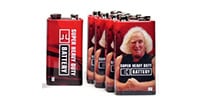 ELECTRO-HARMONIX / EHX 9V Battery
ELECTRO-HARMONIX / EHX 9V Battery¥250(incl. tax)
 In Stock
In Stock -
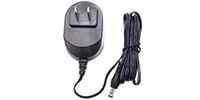 CLASSIC PRO / Power adapter DC9V 0.5A 2.1mm center negative
CLASSIC PRO / Power adapter DC9V 0.5A 2.1mm center negative¥680(incl. tax)
 Back Order
Back Order -
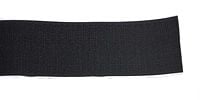 One Control / HOOK & LOOP - HOOK 1m
One Control / HOOK & LOOP - HOOK 1m¥509(incl. tax)
 In Stock
In Stock -
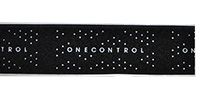 One Control / HOOK & LOOP - LOOP 1m
One Control / HOOK & LOOP - LOOP 1m¥402(incl. tax)
 In Stock
In Stock -
¥580(incl. tax)
 In Stock
In Stock -
¥2,860(incl. tax)
 In Stock
In Stock
商品レビューProduct Review
不適切な投稿として報告しますか?
理由
ご協力ありがとうございました
投稿を削除しますか?
投稿されたレビューを削除しました。
SUBDECAY
Noise Theory
Item ID:348283
32,450 yen(incl. tax)
324Pt(1%)Detail
- 324Pts
通常ポイント
- 324Pts
Total
- In Stock
- In Stock, can be shipped when order is confirmed.
- Low Stock
- Low Stock, may be sold out soon.
- Scheduled date
- Expected to arrive at Sound House on this date.
- TBA
- Expected date of arrival at Sound House to be determined.
- Back Order
- It needs to be orderd from the manufacturer. Please inquire about the estimated date of arrival.
- Mfr. Delivery
- Must be ordered from manufacturer. Please inquire about the estimated date of arrival.
- Download
- Only the serial number will be sent to your registered email address.
- Special Order
- Made to order item or must be ordered from manufacturer. May take several weeks or months.
- No Longer Available
- Product is no longer available due to having been discoutined or other reasons.
Rating




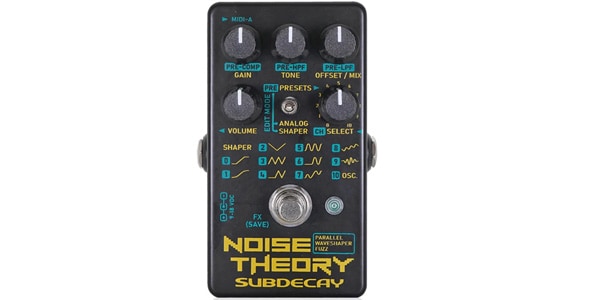
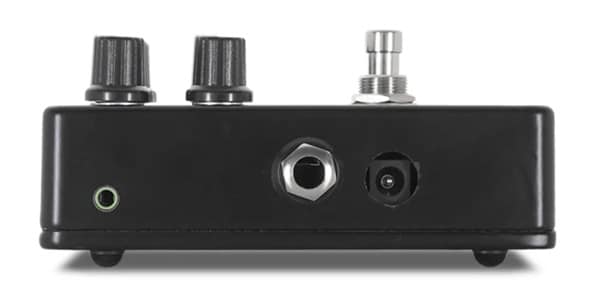
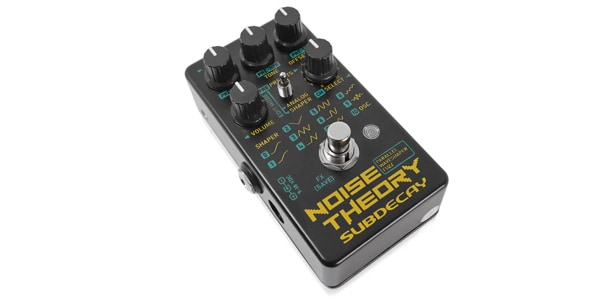
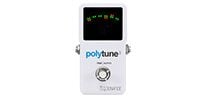 TC ELECTRONIC / Polytune 3
TC ELECTRONIC / Polytune 3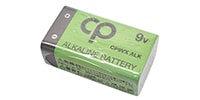 CLASSIC PRO / CP9VX ALK
CLASSIC PRO / CP9VX ALK CLASSIC PRO / CP9VXMN
CLASSIC PRO / CP9VXMN PLAYTECH / Pedal Riser 10
PLAYTECH / Pedal Riser 10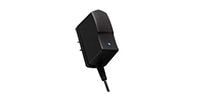 BOSS / PSA-100S2
BOSS / PSA-100S2









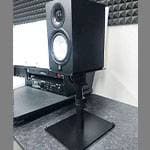







すべてのレビューを見る